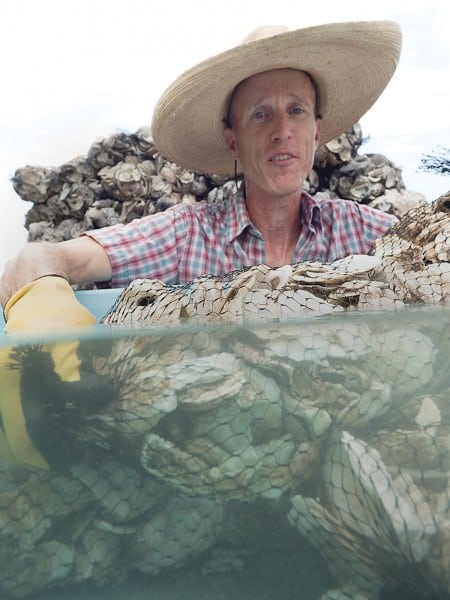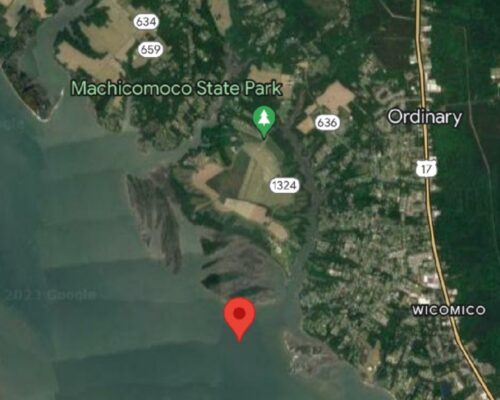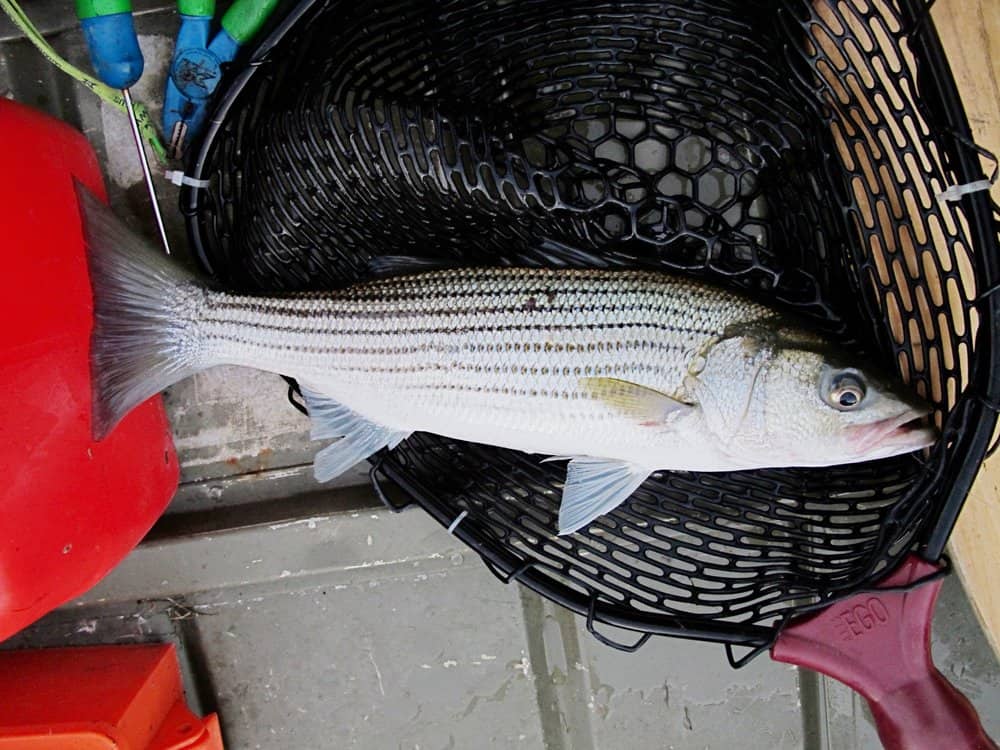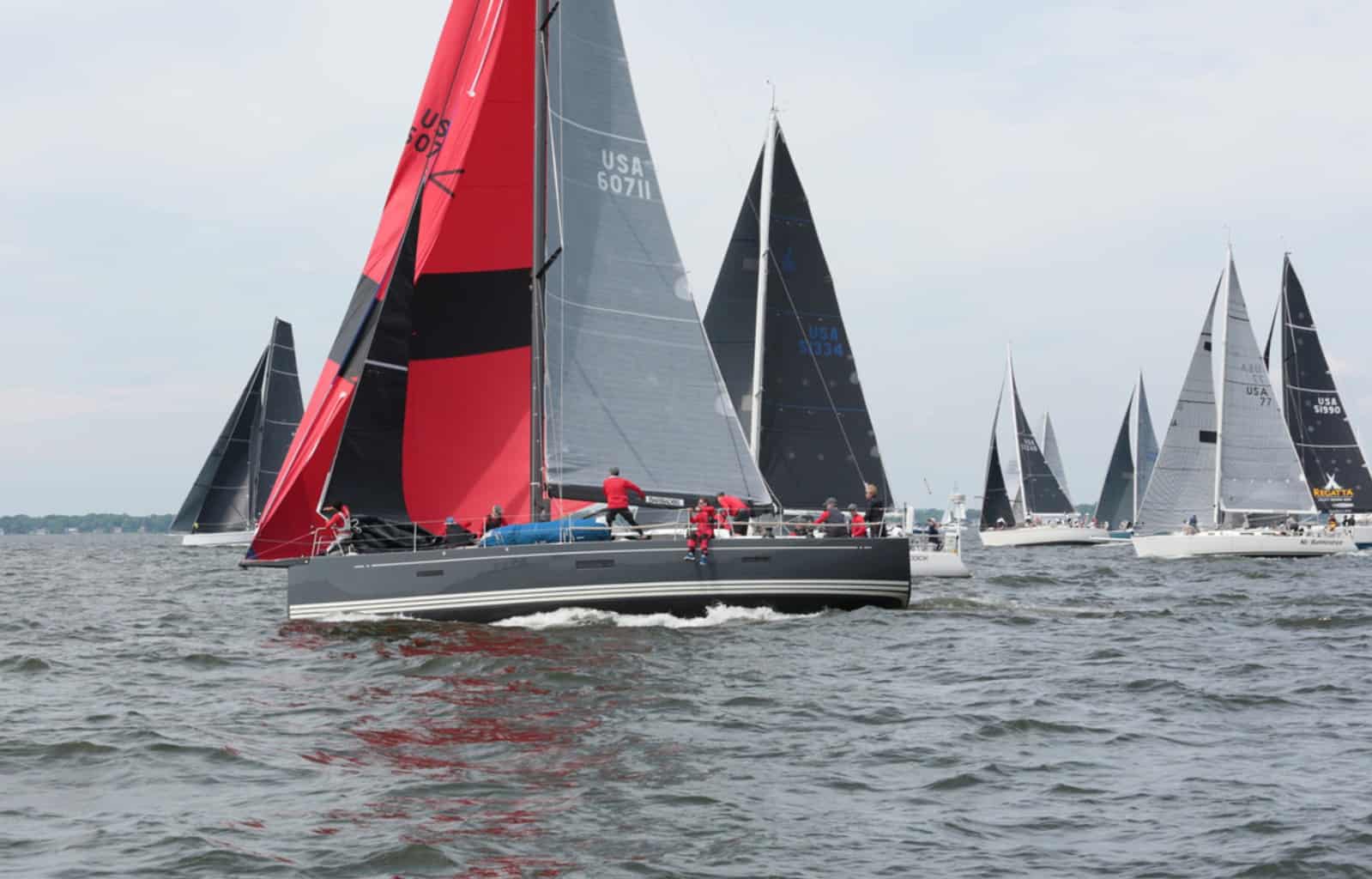By Rona Kobell, Bay Journal News Service
More than a century after the first oysters were planted on a Virginia bar, aquaculture has firmly taken hold in the Chesapeake Bay. The value of Virginia’s oyster farms production has eclipsed the public fishery, and many oyster experts believe Maryland is heading in the same direction.
As of last year, 173 Maryland oyster farmers have leased more than 6,000 acres of the Bay and its tributaries, all of which are actively producing oysters. Harvest from those leases yielded almost 65,000 bushels in 2016 — an increase of 1,000 percent since 2012. In the meantime, Maryland’s public oyster harvest, suffering from mediocre to poor reproduction since 2010, saw its harvest drop 42 percent in 2016 to about 224,000 bushels.
“Each year for the past five, lease numbers and acreage have risen along with aquaculture harvest, while public harvest numbers declined,” said Donald Webster, a University of Maryland aquaculture specialist. “This year and next will be very difficult for the public fishery and, frankly, I doubt it will ever recover to amount to anything again.”
Dave HarpOyster aquaculture in Maryland wasn’t always destined for success. Jon Farrington has been growing oysters in Southern Maryland for about 10 years and has experienced changes in the state’s permitting process, as well as methods for oyster production, that have moved the state’s aquaculture industry past its rocky start.
Farrington left his aerospace engineering job in 2006 to try growing oysters in a Calvert County cove. One of only six oyster farmers in the state at that time, Farrington was battle-tested with the various bureaucracies that needed to sign off on permits to grow shellfish. When the state changed its laws in 2009 to allow oyster farming in every county, Farrington was first in line to apply for his second lease. He was hoping the new law would mean quicker approvals, more encouragement for watermen to enter the field and less resistance from shoreline property owners who don’t want cages and floats disrupting their view.
The law helped, and so have changes in the oyster farming process. But those changes took years. Now, nearly a decade later, Maryland has a $5 million aquaculture industry that has created close to 500 jobs in coastal areas, according to state figures, and shows little signs of slowing down.
Oyster aquaculture in Virginia is still far ahead, with $18.5 million in oyster sales in 2016. But Maryland aquaculture has definitely gotten its sea legs.
“I kind of thought maybe it would happen a little bit faster than it has,” said Farrington, who sells his oysters directly to restaurants. He also has a hatchery operation, selling “seed” oysters to fellow farmers. “On the other hand, the market has developed a lot more strongly than I had probably expected back then. All in all, I’d say, Maryland’s done a pretty good job.”
Several factors propelled aquaculture forward in Maryland after more than a century of resistance to the idea. First, more oyster farmers are raising “triploids,” sterile oysters bred from the Bay’s native species, Crassostrea virginica. Because they don’t expend energy on reproduction, triploids can grow to market size twice as fast as wild oysters — 18 months in Maryland waters, as opposed to three years for traditional oysters. In Virginia’s saltier water, they grow even faster.
Also, new techniques and equipment have made it more efficient: floating up-weller systems, which help seed oysters feed on plankton and grow more quickly, and a pulley system from Australia that rotates cages to reduce fouling and labor.
Many oyster farmers also find themselves in the equipment business; they can’t locate a cage or float that works in their location, so they make their own, and then other farmers want it. For years, Farrington sold a device called the Revelation that rotated oysters. Another oyster farmer, Johnny Shockley in Dorchester County, sells systems for cleaning and shaping oysters.
The state tackled bureaucratic hurdles for lease applicants. The Maryland Department of Natural Resources now coordinates the review process, sparing applicants the complexities of what used to be a multi-agency gamut.
At the federal level, oyster farmers complained that the U.S. Army Corps of Engineers, which required a separate permit, put them through duplicative reviews, so there too the processed was streamlined. Leases generally take six months to be issued now, instead of a year or more, said Karl Roscher, the DNR’s aquaculture manager.
Roscher’s office has added staff to speed application processing, which is helpful, as his office has received more than 50 new applications in recent months. Also crucial, according to fisheries director David Blazer, is an online mapping tool that allows an oyster farmer to see if there are potential obstacles to getting a lease in a particular location. For example, if the proposed lease is on top of a public oyster bar or a well-worked clamming area, the state won’t approve it.
Money and training have helped, too. About 80 percent of the leases are worked by a spat-on-shell method, where watermen let larvae set on natural oyster shell and reach a certain size before moving them to bags or containers on the bottom. Webster, with help from University of Maryland Sea Grant, has been training watermen how to set oysters. The number of prospective oyster farmers seeking training has grown from six in 2011 to 45 last year.
Since 2011, the Maryland Agricultural and Resource-Based Industry Development Corp. has approved $3 million in shellfish aquaculture loans to help growers acquire the needed equipment. The fund, known as MARBIDCO, originally prioritized loans to traditional watermen who were new to aquaculture. But MARBIDCO has since helped plenty of non-watermen, like Farrington and fellow Southern Maryland oyster farmer Patrick Hudson. The loans are low-interest and, if the borrower makes all of the payments, MARBIDCO forgives 25 percent of the principal.
Hudson, who was on his way to law school when he made a U-turn into the oyster business, said the MARBIDCO loan was critical. Banks, he said, aren’t inclined to lend tens of thousands of dollars for a start-up oyster enterprise.
“You have to buy cages and oysters before you sell anything. You need at least a million seed. And then you sit on it for a year and a half,” Hudson said. “Being able to pay just a couple hundred dollars a month was critical. Otherwise, you’re just leaving oyster aquaculture to the really rich people.”
For decades, that’s what watermen feared: that large seafood companies would gobble the leases, while the workers struggled. That has not come to pass. In several cases, watermen have become equity partners in oyster farms. Eric Wisner, a waterman, has about 500 acres under lease in the Nanticoke River. Ted Cooney, who owns Madhouse Oysters on Hoopers Island, has two watermen partners.
Cooney, who came to oyster farming after a career in healthcare financial services, said he’s pleased that the state is encouraging aquaculture. But the process still has problems. Almost three years ago, he applied for two leases in the Honga River; the state recently told him he couldn’t have one because it’s too close to a hunting blind.
“I was out of the swing of the gun, as far as I could tell, [but] two and a half years later, they tell me no. They should have told me 60 days after I applied,” he said. “In that time, I could have applied and already gotten another lease.”
Roscher said the goose blind didn’t show up on the state’s siting tool, so staff had to take measurements in the field.
Tension still occurs between user groups. While public oyster areas are generally established, clam beds and pound net locations are more intermittent. A few years ago, an Eastern Shore delegate introduced a bill in the legislature that would have made farming in clamming areas more difficult; the bill didn’t pass, so clammers and oyster farmers compromised, and the state promised to delineate clamming areas so farmers could avoid them.
Some influential property owners are still flexing their muscles, but Roscher noted that many of those efforts fail. Dialogue, he said, is far preferable to long lawsuits or boutique legislation. Last year, influential property owners in St. Mary’s County persuaded a state delegate to introduce a bill restricting oyster farms at historic sites; that bill, which was specific to the viewshed at Sotterley Plantation and Historic St. Mary’s City, died.
Roscher said that the public relations and bureaucratic problems are surmountable. What worries him is a shell shortage. The state and University of Maryland have grown oysters on alternative substrates built from granite and concrete, but they’re much harder to harvest from.
“There are a lot of different ways to grow an oyster,” Farrington said. “People are still trying to figure out what works best for their application, but as they do, we’re really going to see some production grow in the next couple of years. It’s still a relatively young industry, and people are really dialed in.”




